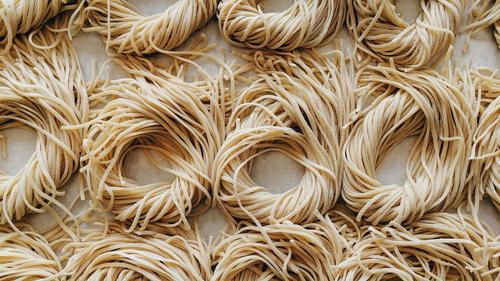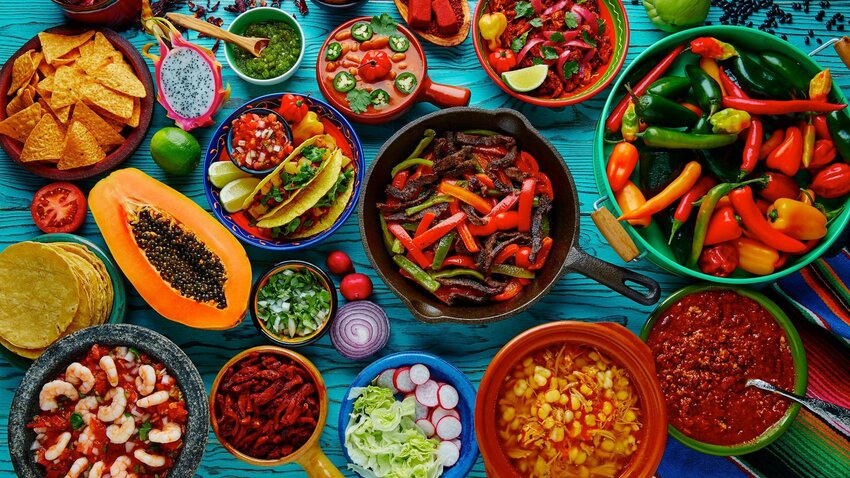A luxurious Italian vacation probably isn’t in the cards for anyone any time soon, but that doesn’t mean you can’t at least pretend you’re there. While you can’t conjure up views of the Tyrrhenian Sea from the Amalfi Coast or hear the chatter of tourists while exploring the Vatican, you can make authentic Italian food. Homemade pasta is a great place to start.
It seems intimidating, but with the right tools, making your own pasta is easier than you’d think, and, really, nothing compares to the fresh taste. Here are some tips on how to make your own pasta - we recommend eating it with eyes closed so you can pretend you’re sitting outside an Italian restaurant.
Figure Out Exactly What You Want to Make
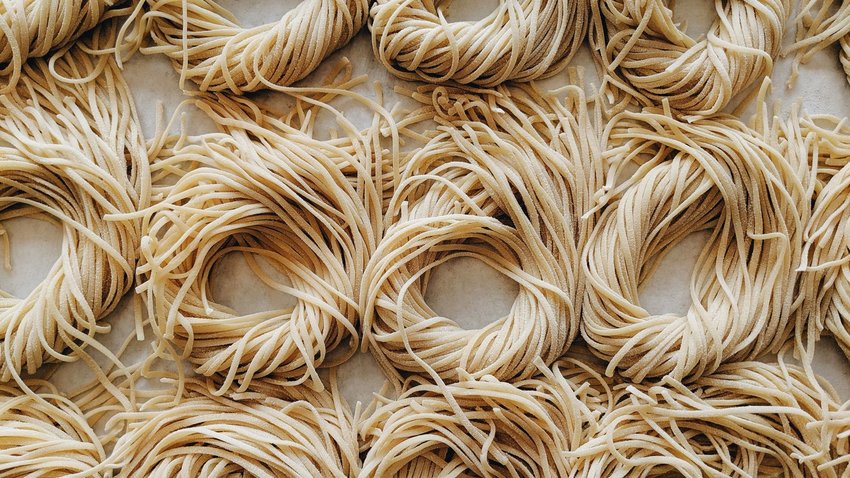
There are many different kinds of pasta out there, so your very first step is choosing what you want to make. Making something like gnocchi may be a bit easier and less time-consuming than making something like ravioli. If you don’t want to do any shaping, or if it’s your first time making your own noodles, then there’s no shame in making something simple like spaghetti. But if you have a lot of time and you want to get creative, you can opt for something like cavatelli or a different shape.
Buy High Quality Ingredients
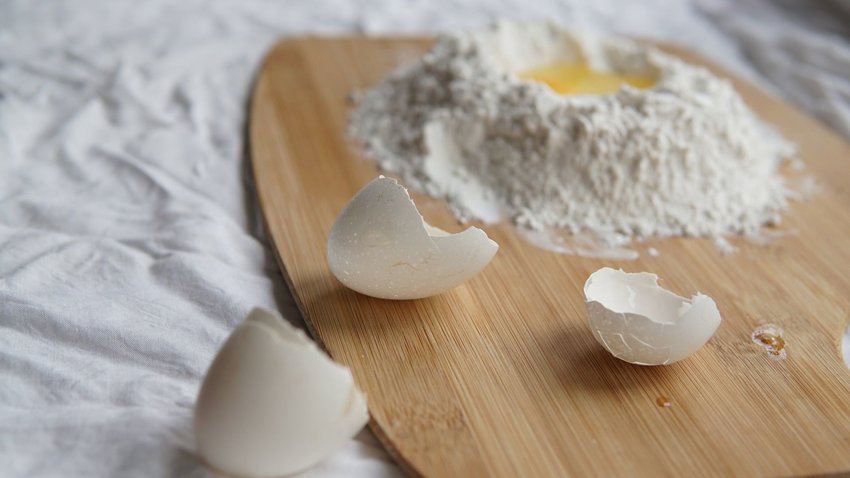
Fresh pasta is one of those recipes where you want to spend a little extra time and money on high-quality ingredients, because they truly do make a difference. You’ll generally only need four ingredients for the dough (flour, eggs, olive oil, and salt), unless you choose to make egg-less pasta, in which case you’ll replace the egg with water.
The flour is the most important ingredient here. You can choose to use all-purpose flour, 00 flour, or semolina flour. According to Pasta Evangelists, 00 or semolina flours are better options than all-purpose flour, as those will yield better results---but, of course, you can use all-purpose if needed.
00 flour is a soft wheat flour that is ideal for baking, with an extremely fine texture. Because it creates such a soft and silky dough with a subtle flavor, it’s perfect for making pasta. You likely won’t find 00 flour in your regular grocery store---look in speciality shops or even order it online. Antimo Caputo Chef’s Flour can be found on Amazon.
Semolina flour is a bit more hearty and sturdy than 00 flour, and should be used for thicker and more rugged pasta shapes, like penne or rigatoni. Antimo Caputo Semolina Flour is a great option.
Finally, opt for a high quality olive oil like California Olive Ranch, and go for sea salt rather than table salt.
Arm Yourself With the Right Tools
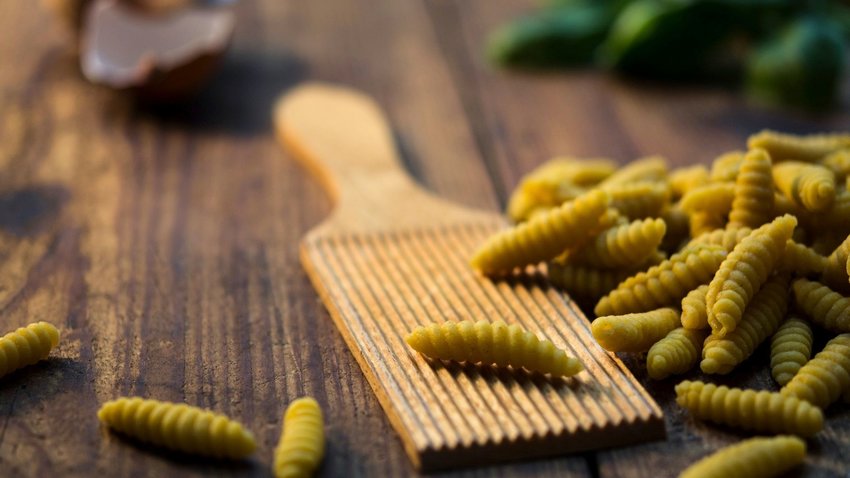
A quick Google search will show that there are tons of pasta tools out there: drying racks, KitchenAid stand mixer attachments, machines that do all of the shaping. These are great to have on hand and will certainly make your experience easier and faster. However, they’re also not necessary (so if you want to save your money, you can!), and some Italians even consider them a “cheat.”
There are a few items you do need though, such as a rolling pin, dough cutter, and a shaping tool. It’s also really helpful to have a pasta rolling machine, a bench scraper, some plastic wrap, and a tray lined with parchment paper.
A hand-cranked pasta roller, such as the Imperia Pasta Maker Machine, is closest to what you’ll find they use in Italy. The Kitchen Aid Pasta Roller and Cutter Set comes with basically everything you need, if you choose to go that route. The J.K. Adams Dowel Rolling Pin is a great no-frills rolling pin option, although if you want something more aesthetically pleasing, go for the Norpro Marble Rolling Pin.
The Norpro Stainless Steel Scraper will make it a lot easier for you to work with your dough, as will the Spring Chef Dough Blender. As for shaping tools, you can use a knife, your hands, or other kitchen objects. But if you want, there are also helpful kits available, like this Eppicotispai Ravioli and Tortellini Starter Set.
Mix and Knead the Dough
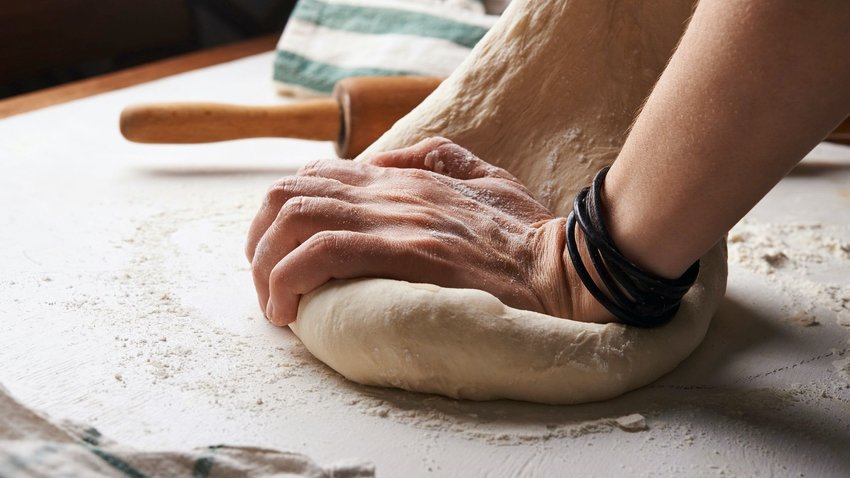
Once everything is together, you’re going to start the fun part: actually making your pasta! Every recipe begins with mixing and kneading the dough, a process that can be a bit time-consuming, but one that I find weirdly therapeutic. Serious Eats has a terrific step-by-step guide on how to mix, knead, and then rest the dough, however, you can also watch a tutorial video like this one.
According to Gimme Some Oven, there are three options when it comes to mixing your dough: you can mix everything in the food processor, mix everything in the stand mixer, or mix everything by hand. Going truly authentic? Mix ingredients by hand. Want to save some time? Use the stand mixer.
Once everything is properly mixed, knead your dough for about 8-10 minutes. You can do this by hand, or you can use your dough scraper here if you want to. Once the kneading is done and you’re satisfied with how it feels, shape it into a ball, cover it with plastic wrap, and let it rest for at least 30 minutes (and have a glass of wine like a true Italian).
Roll and Cut Your Dough

When the resting is over, it’s time to roll out and cut your dough---this is where you’ll need the rolling pin and shaping tools, if you’re using those. The way you roll and shape here depends on the shape you want. Be gentle with the dough, but don’t stress over any mistakes. It’s dough---you can always redo it!
Cook, Add Sauce, Eat

Once you’re finished, bring a nice large pot of water to boil, being sure to salt it generously, since this will make your pasta taste so much better. Keep in mind that fresh pasta cooks much faster than dry pasta---it will likely be done in a few moments.
Once it’s ready, drain, add your sauce (a basic marinara, pomodoro, or pesto is perfect!), then eat slowly, and without distractions, so you can really pretend you’re on vacation. Enjoy!

